Add extra security to stop brute force attacks (logins).
These measures can reduce login attempts dramatically from 400 a day to none.
Password Protect wp-login.php
Add this to htaccess
# Stop Apache from serving .ht* files
<Files ~ "^\.ht">
Order allow,deny
Deny from all
</Files>
# Protect wp-login.php
<Files wp-login.php>
AuthUserFile /filelocation/.htpasswd
AuthName "Private access"
AuthType Basic
Require valid-user
</Files>Deny Access to No Referrer Requests
When your readers comment, the wp-comments-post.php file is accessed, does its thing, and creates the post. The user’s browser will send a “referral” line about this.
When a spam-bot comes in, it hits the file directly and usually does not leave a referrer. This allows for some nifty detection and action direct from the server. If you are not familiar with Apache directives, then write the following in your root directory .htaccess file:
# Stop spam attack logins and comments
<IfModule mod_rewrite.c>
RewriteEngine On
RewriteCond %{REQUEST_METHOD} POST
RewriteCond %{REQUEST_URI} .(wp-comments-post|wp-login)\.php*
RewriteCond %{HTTP_REFERER} !.*domain.com.* [OR]
RewriteCond %{HTTP_USER_AGENT} ^$
RewriteRule (.*) http://%{REMOTE_ADDR}/$1 [R=301,L]
</ifModule>This will:
- Detect when a POST is being made
- Check to see if the post is on wp-comments-post.php
- Check if the referrer is in your domain or if no referrer
- Send the spam-bot BACK to its originating server’s IP address.
Disabling Xmlrpc.php
The biggest issues with XML-RPC are the security concerns that arise. The issues aren’t with XML-RPC directly, but instead how the file can be used to enable a brute force attack on your site.
The first is using brute force attacks to gain entry to your site. An attacker will try to access your site using xmlrpc.php by using various username and password combinations. They can effectively use a single command to test hundreds of different passwords. This allows them to bypass security tools that typically detect and block brute force attacks.
The second was taking sites offline through a DDoS attack. Hackers would use the pingback feature in WordPress to send pingbacks to thousands of sites instantaneously. This feature in xmlrpc.php gives hackers a nearly endless supply of IP addresses to distribute a DDoS attack over.
# Block WordPress xmlrpc.php requests
<Files xmlrpc.php>
order deny,allow
deny from all
</Files>
